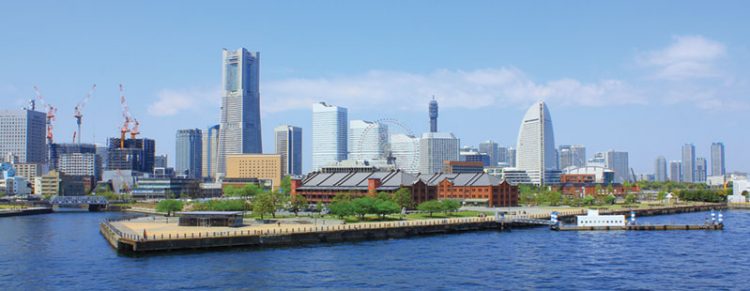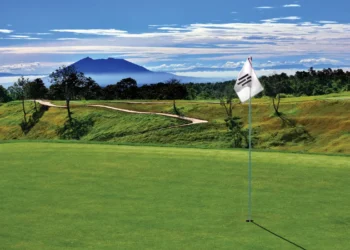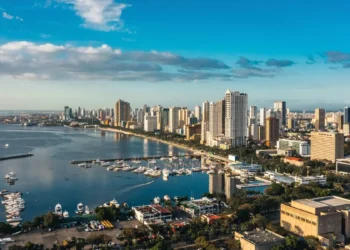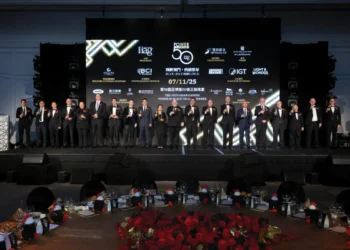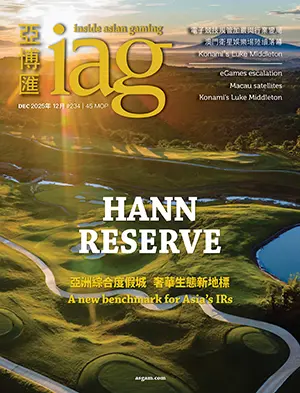In the March issue of IAG Japan, we explained the various issues Yokohama will need to overcome in order to pursue its IR dream. This time we delve deeper into one of the most difficult issues the city faces on this journey – securing its preferred location at Yamashita Wharf.
In order for a local government to be approved by Japan’s national government as a candidate location for IR development, it must first meet various conditions set forth in the IR Development Act. One of those conditions that Yokohama continues to struggle with is securing an IR location.
The planned candidate location, at least according to the city, is Yamashita Wharf. The Yamashita Wharf reclamation project started in 1953 and was completed for international trade in 1963. It has played an important role as the main wharf for Yokohama Port, supporting the area’s high growth period from 1955 to 1965. The historical area is home to many storage sheds and warehouses. In recent years, other wharves with physical distribution functions, such as Honmoku Wharf, have sprouted up to complement the main wharf.
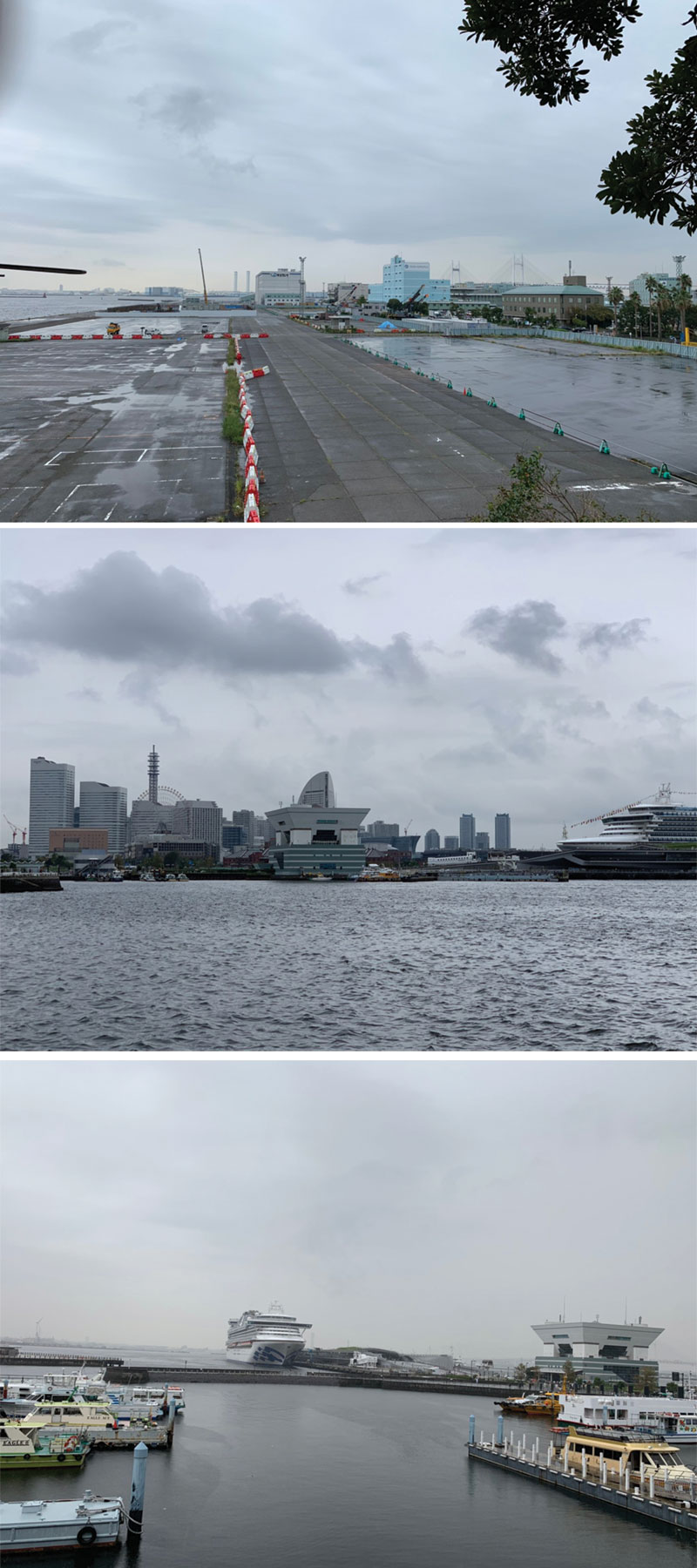
Yamashita Wharf itself currently houses 24 warehouses and many companies operate here. The city is in negotiations with those companies to leave the wharf although technically an IR is not the reason behind this request. In 2014, a Port and Harbor plan was issued with the goal of converting Yamashita Wharf and its high percentage of deteriorating facilities from distribution to urban land use. At that time, the national system for an IR wasn’t even in place yet.
Furthermore, until now Yokohama Port’s main activities were exports, but that is also shifting to imports, so the city plans to expand warehouse storage space. In other words, sooner or later, Yamashita Wharf’s redevelopment will commence, whether there is an IR bid or not.
A spokesperson from the Yokohama Ports and Harbours Bureau told IAG, “Of the 24 occupants that have been requested to leave, 12 have entered into agreements to do so.”
Some of those are gone already. The names of those who haven’t agreed hasn’t been disclosed, but the common belief is they are companies that are anti-IR, specifically anti-casino, and those that belong to organizations actively opposing casino development.
Yokohama has budgeted approximately JPY46 billion (US$422 million) in compensation for companies willing to leave the wharf. When IAG asked the bureau if this was enough, the spokesperson explained, “The amount has basically been calculated based on national compensation standards. As public works, we can’t negotiate price or increase the compensation in order to encourage cooperation.”
That means current ownership rights in the wharf play a significant role in the process. Over 90% of Yamashita Wharf land is owned by the city and the other 10% or so is mostly owned by the national government. Very little of the land is privately owned.
 There are two main lease agreements that this publicly owned land falls under. The first is an agreement based on the Port Facilities Ordinance, which is renewed annually. The other, however, is a normal lease agreement, most of which have terms of 30 years. Needless to say, the majority of companies refusing to leave fall into the latter category. The bureau added, “The idea behind compensation for moving is to compensate for the value of the rights to use the land with money. Historically, Japan tends to favor the renter on leased land.”
There are two main lease agreements that this publicly owned land falls under. The first is an agreement based on the Port Facilities Ordinance, which is renewed annually. The other, however, is a normal lease agreement, most of which have terms of 30 years. Needless to say, the majority of companies refusing to leave fall into the latter category. The bureau added, “The idea behind compensation for moving is to compensate for the value of the rights to use the land with money. Historically, Japan tends to favor the renter on leased land.”
In the case of public works, another means is expropriation of land. Based on Paragraph 3 of Article 29 in Japan’s constitution, “Private land can be used by the public [if there is] compensation.” Both the national government and regional public groups can forcibly purchase land through a designated procedure. This is applied for things like road and waterway contracts. However, the bureau spokesperson explained, “Expropriation of land is allowed for the Yamashita Wharf redevelopment project, but the scheme is not that compelling.
 “As the issue of moving started back in 2014, those involved understand that the development will start sometime soon, regardless of an IR bid. I believe they are working out the timing that is most beneficial to their own company. Surely some want to stay put as long as they possibly can. However, that means the city has to revise the opening schedule for a potential IR. At the same time, the national government hasn’t specified a required opening schedule, so it’s hard to say either way.”
“As the issue of moving started back in 2014, those involved understand that the development will start sometime soon, regardless of an IR bid. I believe they are working out the timing that is most beneficial to their own company. Surely some want to stay put as long as they possibly can. However, that means the city has to revise the opening schedule for a potential IR. At the same time, the national government hasn’t specified a required opening schedule, so it’s hard to say either way.”
This certainly is a dilemma for Yokohama. The spokesperson added, “An IR bid requires the consent of the local people, so we want the companies to fully understand and accept the redevelopment project before they move. [That’s why] we believe it is important to provide full explanations.”






